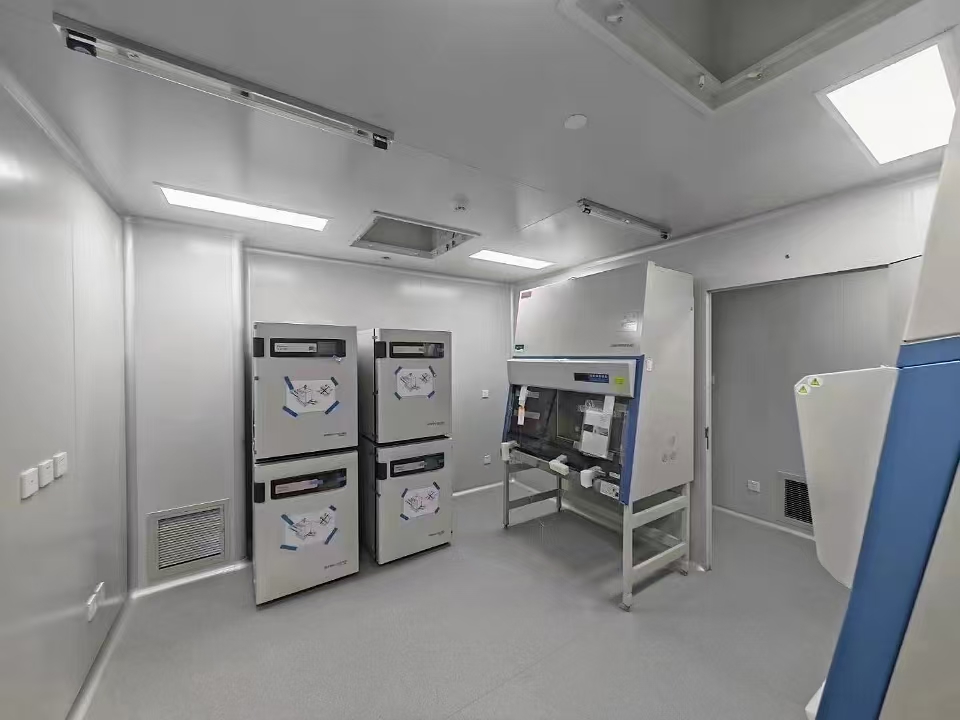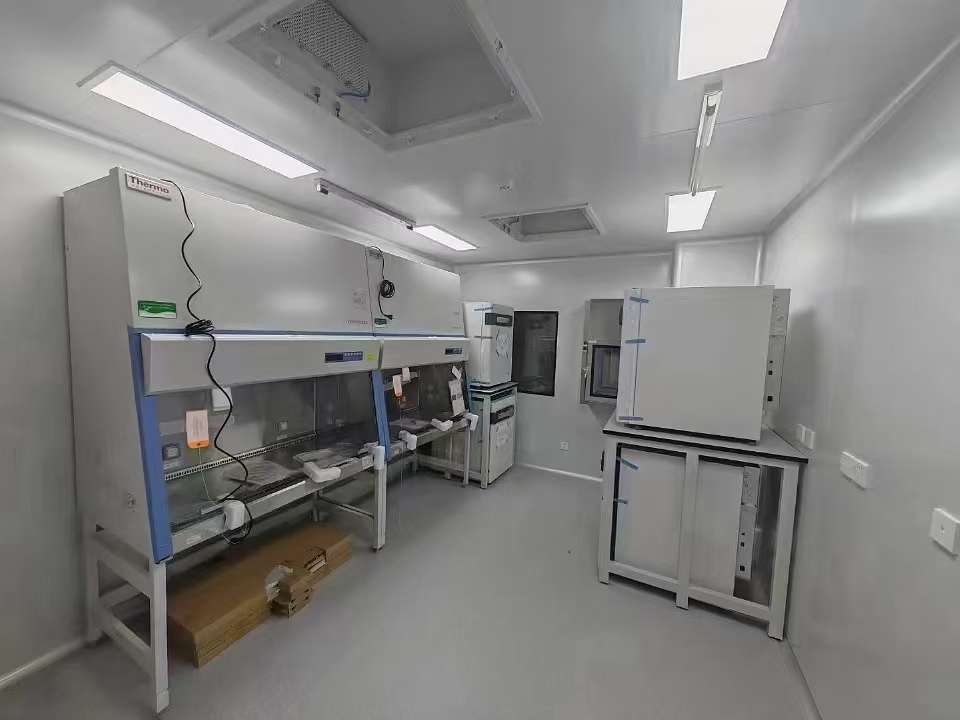

As a highly controlled environment, clean rooms are widely used in many high-tech fields. Clean rooms have strict requirements on environmental parameters such as air cleanliness, temperature and humidity, and airflow organization. By providing a highly clean environment, the quality and performance of products can be ensured, pollution and defects can be reduced, and production efficiency and reliability can be improved. The design and management of clean rooms in different fields need to be carried out according to specific needs and standards to meet specific cleanliness requirements. The following are the five major application areas of clean rooms.
Electronics Industry
Semiconductor manufacturing is one of the most important application scenarios of clean rooms. The chip manufacturing process, such as photolithography, etching, and thin film deposition, has extremely high requirements for environmental cleanliness. Tiny dust particles may cause short circuits or other performance problems in chips. For example, in the production of chips with a process of 28 nanometers and below, it is necessary to be carried out in a clean room of ISO 3-ISO 4 level to ensure chip quality. The production of liquid crystal displays (LCDs) and organic light-emitting diode displays (OLEDs) is also inseparable from clean rooms. In the manufacturing process of these displays, such as liquid crystal infusion and organic material coating, a clean environment helps prevent defects such as dead pixels and bright spots on the screen.
Biomedicine
The pharmaceutical industry is a major user of clean rooms. Whether it is the production of chemical drugs or biological drugs, all links from raw material processing to drug packaging need to be carried out in a clean environment. In particular, the production of sterile drugs, such as injections and ophthalmic preparations, requires extremely strict control of microorganisms and particles. Medical device production, such as implantable medical devices and surgical instruments, can be produced in a clean room to ensure the sterility and particle-free contamination of the equipment, thereby ensuring the safety of patients. Hospital operating rooms, intensive care units (ICUs), sterile wards, etc. also belong to the category of clean rooms to prevent patient infection.
Aerospace
The precision processing and assembly of aerospace parts requires a clean room environment. For example, in the processing of aircraft engine blades, tiny particle impurities may cause defects on the blade surface, which in turn affects the performance and safety of the engine. The assembly of electronic components and optical instruments in aerospace equipment also needs to be carried out in a clean environment to ensure that the equipment can work normally in the extreme environment of space.
Food Industry
For some high value-added, perishable foods, such as infant formula and freeze-dried foods, clean room technology helps extend product shelf life and ensure food safety. Using clean rooms in food packaging can prevent microbial contamination and maintain the original quality of food.
Precision Machinery and Optical Instrument Manufacturing
In precision machinery processing, such as the production of high-end watch movements and high-precision bearings, clean rooms can reduce the impact of dust on precision parts and improve product accuracy and service life. The manufacturing and assembly process of optical instruments, such as lithography lenses and astronomical telescope lenses, can avoid scratches, pitting and other defects on the lens surface in a clean environment to ensure optical performance.
Post time: Nov-27-2024

